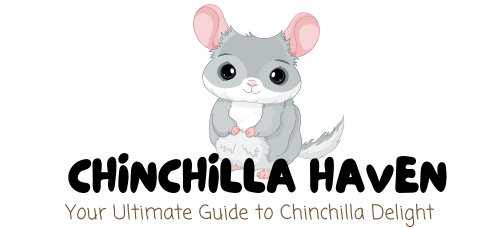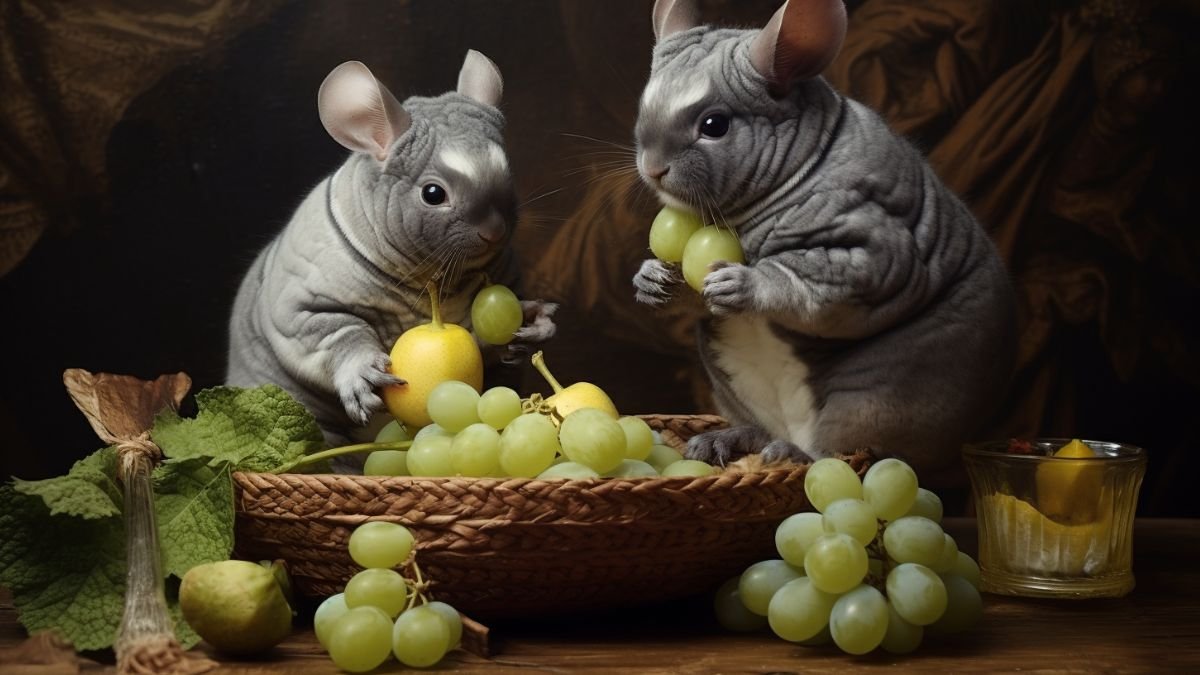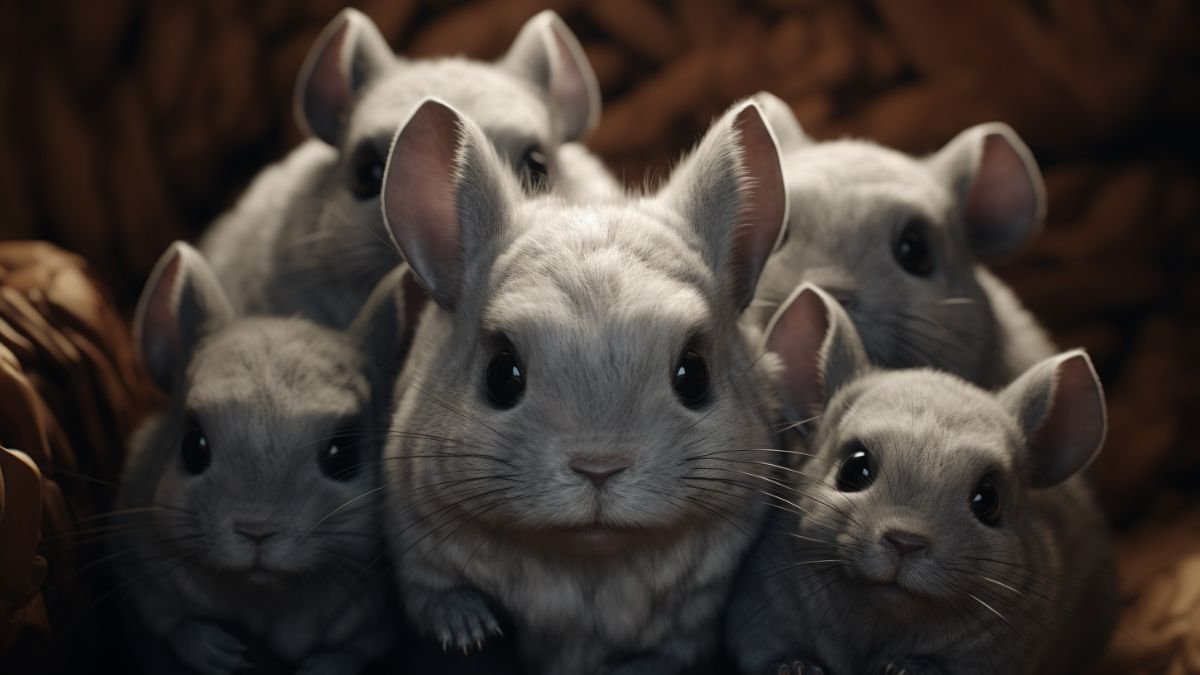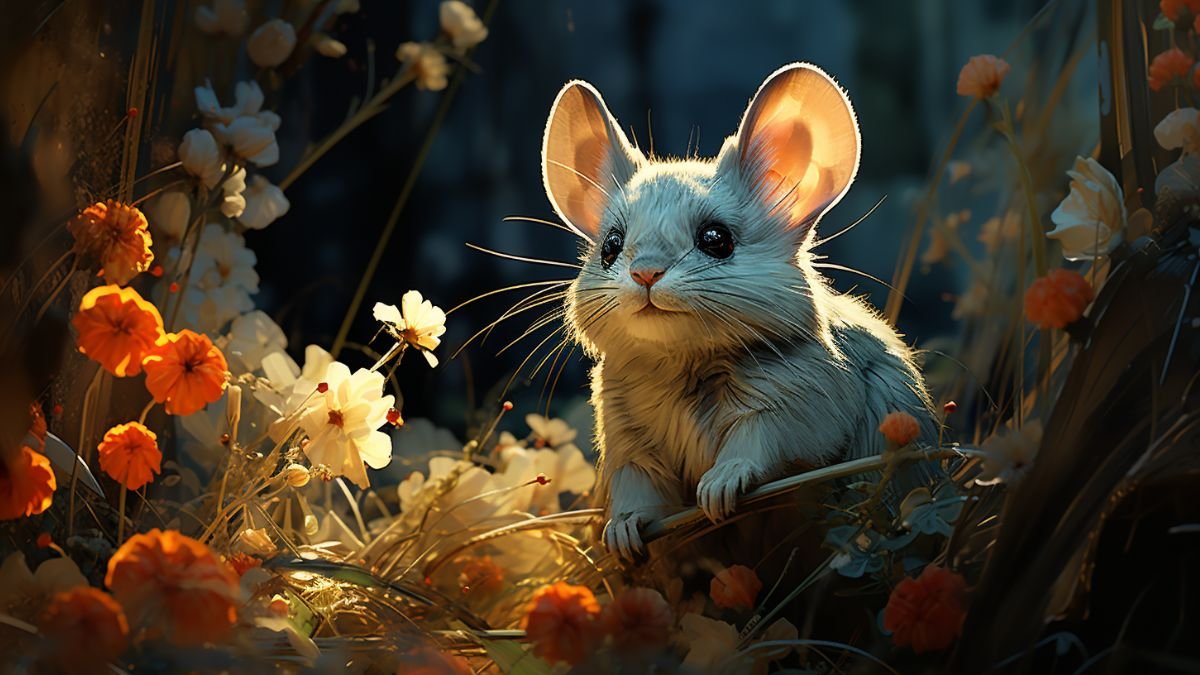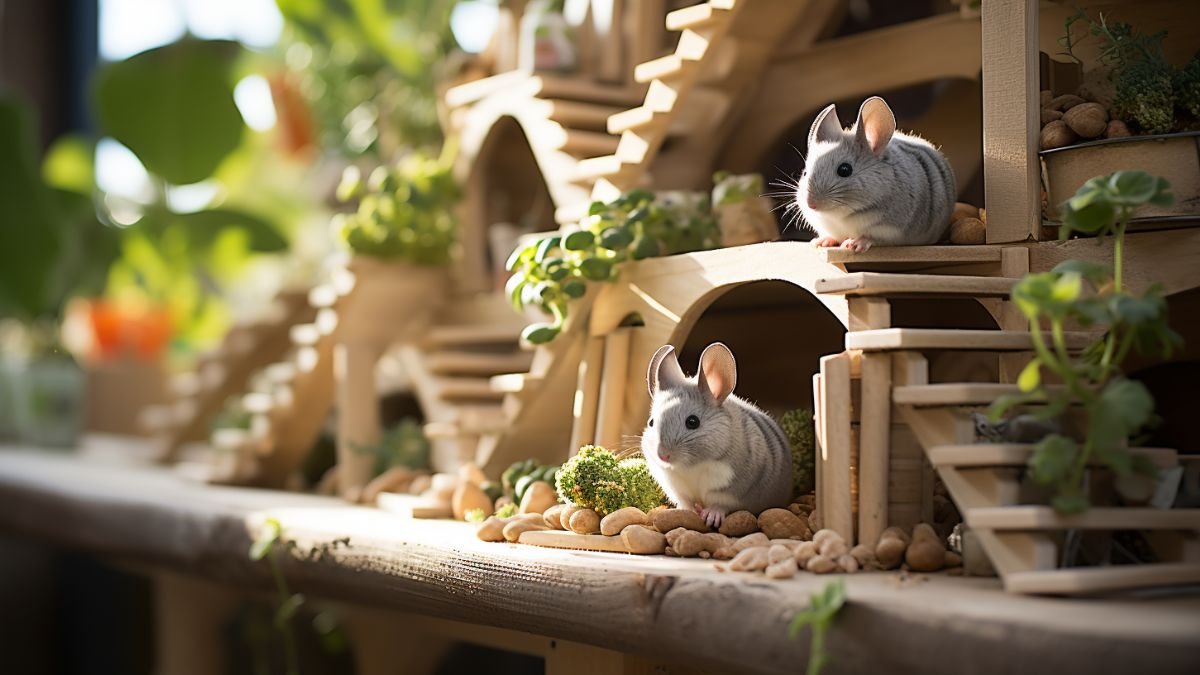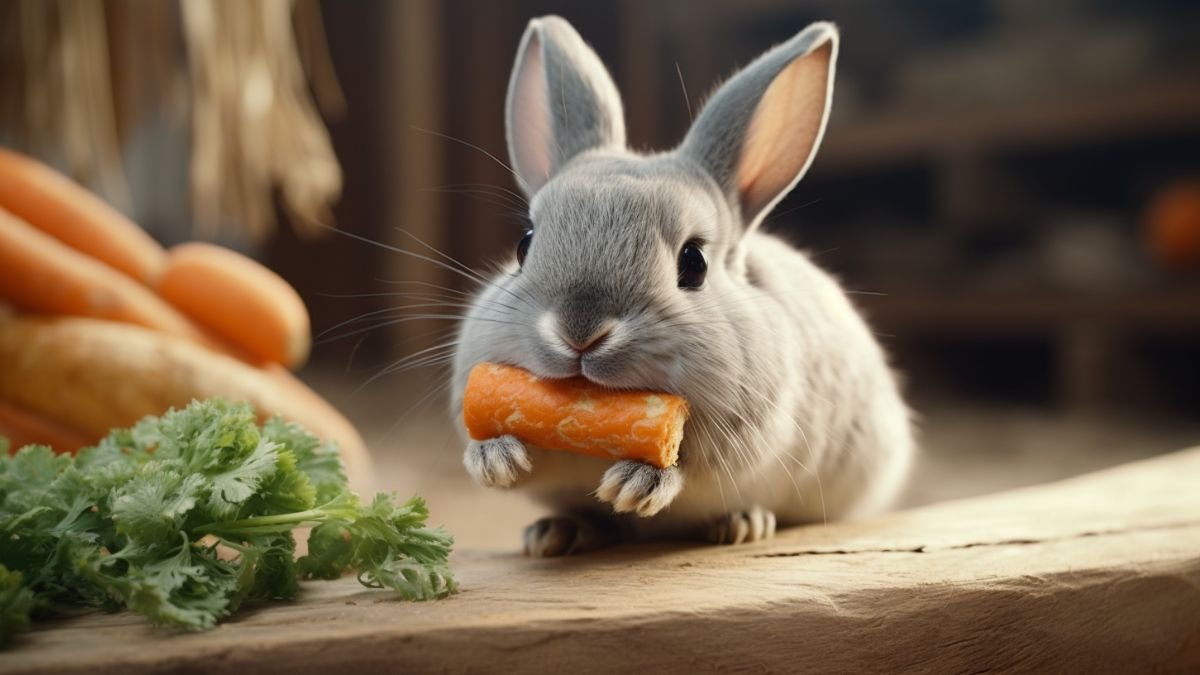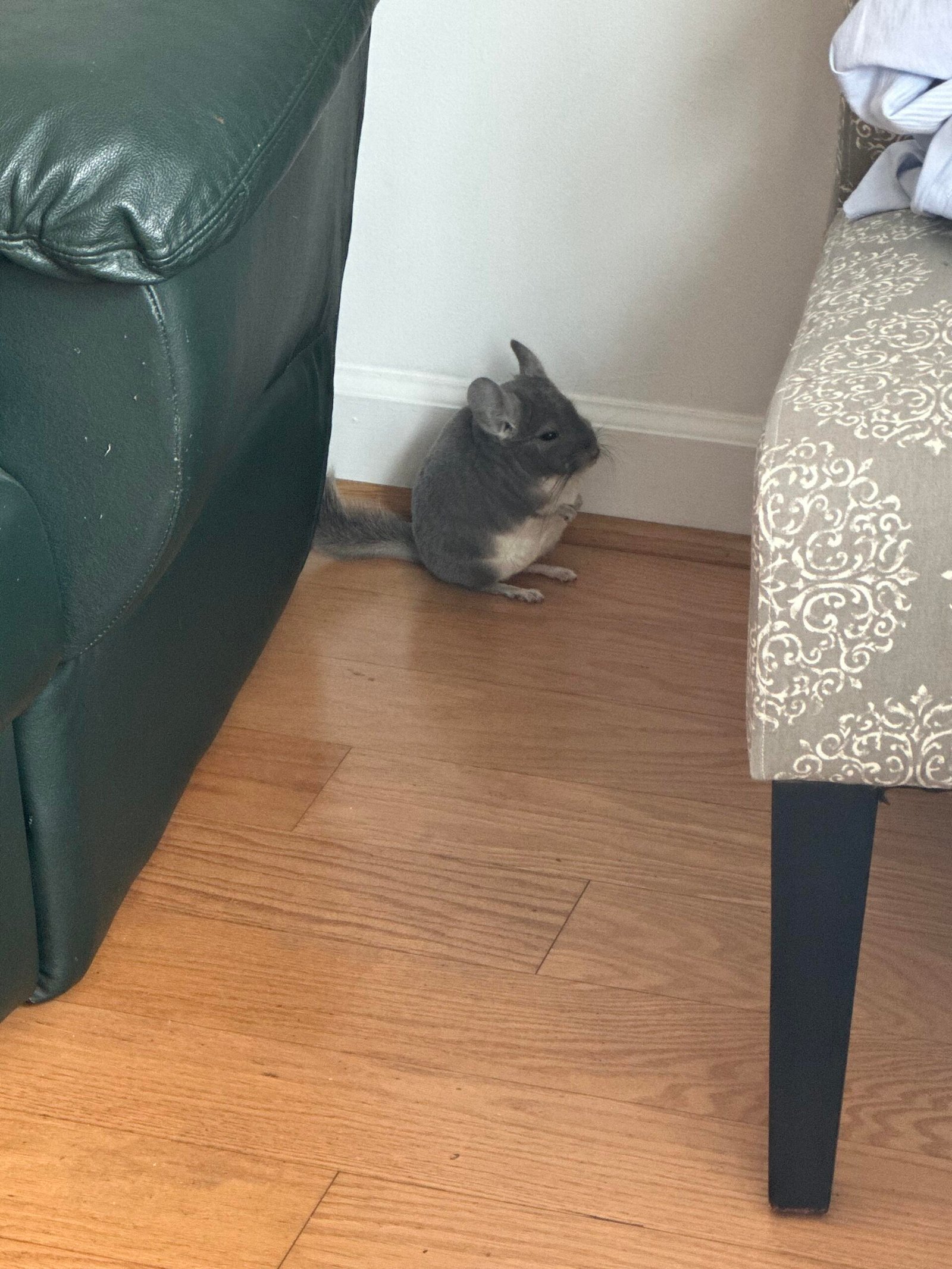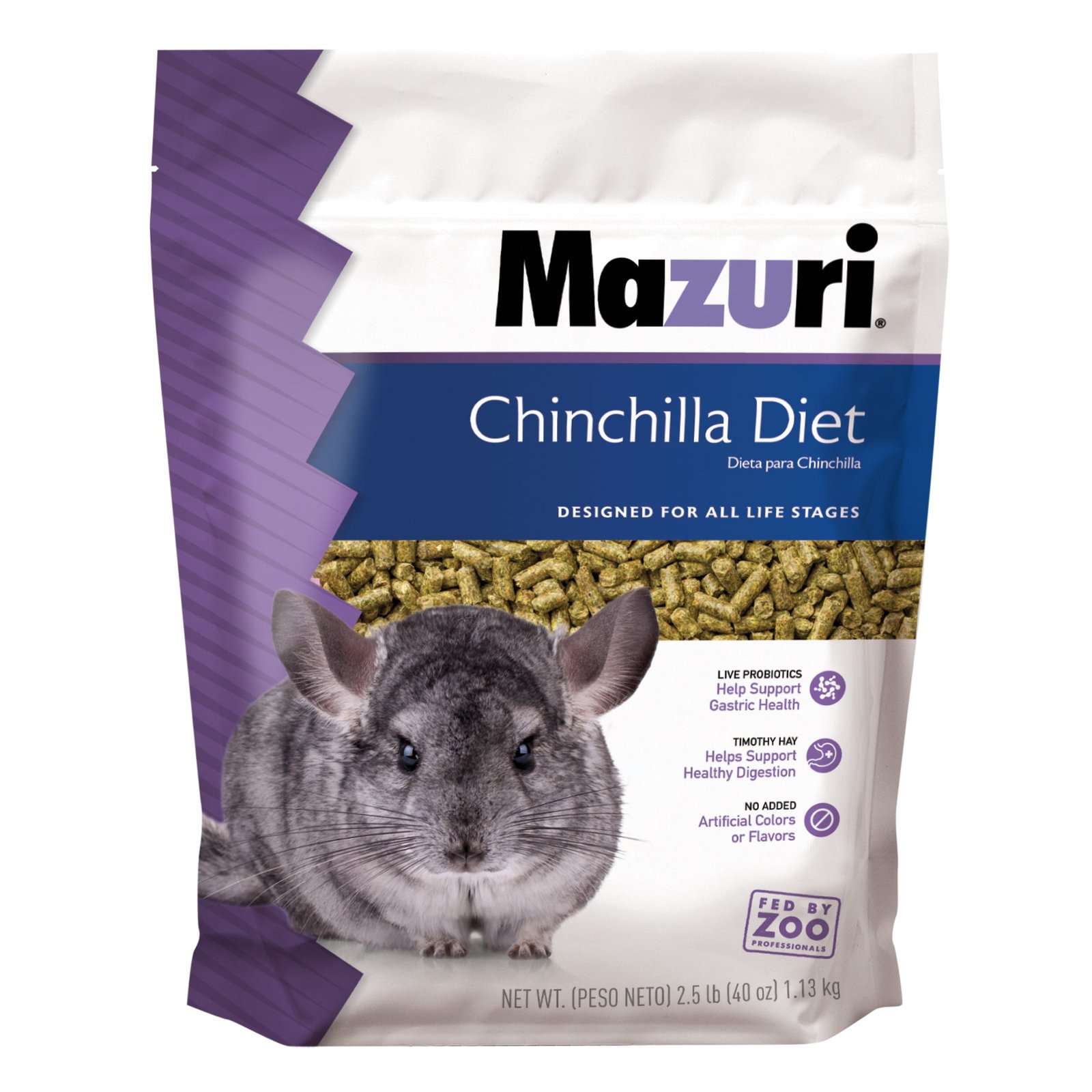
If you’ve ever tried changing your chinchilla’s food, you know it’s not always easy. Sudden switches can upset their sensitive stomachs and cause health problems.
But you want the best for your furry friend, right? That’s why learning how to switch your chinchilla to a new food safely is so important. You’ll discover simple, step-by-step tips to make the transition smooth and stress-free—for both you and your pet.
Keep reading, and you’ll soon feel confident making this important change the right way.
Why Change Chinchilla Food
Changing your chinchilla’s food can be necessary for several reasons. Different foods offer different nutrients. Sometimes, your chinchilla may need a diet that better fits its health needs. Food formulas can improve over time. Switching helps keep your pet healthy and happy.
Old food might lose its freshness. Your chinchilla may get bored eating the same thing. New food can add variety and interest. Variety helps keep your chinchilla’s appetite strong.
Improving Nutritional Balance
Some foods have more fiber or vitamins than others. A better balance supports your chinchilla’s digestion. It also helps maintain healthy teeth and fur. Changing food can fix nutrient gaps in the diet.
Addressing Health Issues
Health problems may need special diets. Certain foods help with digestive problems or allergies. Switching food can reduce symptoms and improve well-being. Always check with a vet before changes.
Replacing Poor Quality Food
Low-quality food can cause health risks. It may lack important nutrients or contain fillers. Better food supports your chinchilla’s energy and growth. Changing food improves overall health and lifespan.
Introducing Variety For Better Appetite
Eating the same food daily can be boring. Variety keeps your chinchilla interested in meals. New tastes and textures can stimulate appetite. This helps maintain a healthy weight.
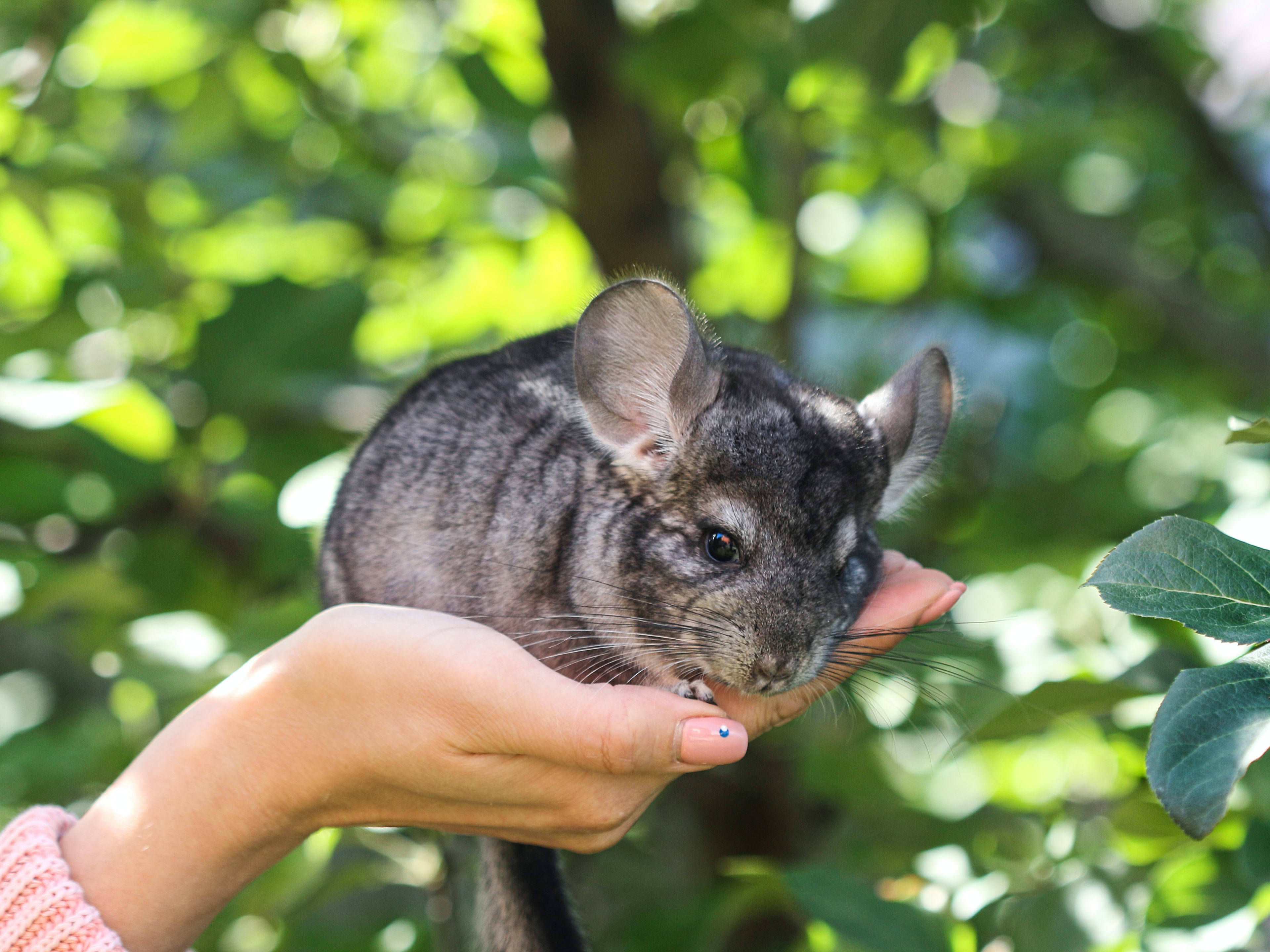
Signs Your Chinchilla Needs New Food
Chinchillas may stop eating or lose weight when they need new food. Watch for changes in their fur or energy. Gradually mix new food with old to help them adjust safely.
Chinchillas can be picky eaters, but changes in their behavior may signal food issues. Watch closely for any signs showing your chinchilla might need a diet change. This helps keep them healthy and happy.
Noticing these signs early can prevent health problems. It also makes the food switch easier for your pet.
Changes In Eating Habits
Your chinchilla may stop eating or eat less than usual. They might refuse their favorite treats or pellets. A sudden dislike for food can mean the current diet is not right.
Digestive Problems
Look for signs like diarrhea or constipation. Swollen belly or discomfort may also appear. These symptoms often point to poor digestion caused by unsuitable food.
Dull Or Rough Fur
Healthy chinchillas have soft, shiny fur. If the fur looks dull or patchy, diet might be the cause. Nutritional gaps can affect fur quality and skin health.
Weight Loss Or Gain
A quick drop or increase in weight is a warning sign. It shows the current food does not meet their needs. Maintaining a steady weight is important for overall health.
Low Energy Or Lethargy
Chinchillas usually are active and playful. If they seem tired or less interested in moving, food could be the reason. Proper nutrition supports their energy levels.
Choosing The Right New Food
Choosing the right new food for your chinchilla is very important. A good diet keeps them healthy and happy. Changing food suddenly can upset their stomach. Careful choice helps avoid problems.
Look for food made especially for chinchillas. Their digestive systems are sensitive. Food with too many sugars or fats can harm them. Pick options with natural ingredients and no artificial additives.
Check Ingredients For Nutritional Balance
Chinchillas need fiber to digest food well. High fiber keeps their teeth healthy. Choose food rich in hay, grass, and pellets made from timothy or orchard grass. Avoid food with too many seeds or nuts.
Avoid Foods With Added Sugars Or Fruits
Sugary treats cause digestive troubles and obesity. Fruits can be too sugary for chinchillas. Pick plain pellets without dried fruits or sweeteners. Save treats for special times only.
Consider Your Chinchilla’s Age And Health
Young chinchillas need different nutrients than adults. Older chinchillas may need softer food. If your pet has health issues, talk to a vet about special diets. Always match food to their needs.
Choose Trusted Brands With Good Reviews
Pick food from brands known for quality. Check reviews from other chinchilla owners. Trusted brands use safe, tested ingredients. Avoid cheap or unknown products to protect your pet.
Preparing For The Food Switch
Switching a chinchilla to new food needs care and patience. Sudden changes can upset their stomach. A smooth transition keeps your pet healthy and happy.
Prepare your chinchilla and yourself before starting the switch. Gather all needed supplies and plan the steps carefully.
Check The New Food Ingredients
Read the label of the new food carefully. Look for natural ingredients and avoid added sugars or artificial flavors. Choose food made for chinchillas to meet their needs.
Set Up A Transition Schedule
Create a gradual plan to mix old and new food. Start with mostly old food and a small amount of new food. Slowly increase the new food over 7 to 10 days.
Prepare A Clean Feeding Area
Clean your chinchilla’s food bowl before each meal. Use fresh water every day. A clean area helps prevent illness during the food change.
Observe Your Chinchilla’s Behavior
Watch your pet for any signs of discomfort. Check for diarrhea, loss of appetite, or unusual behavior. Early observation helps catch problems fast.
Gradual Transition Steps
Changing your chinchilla’s food needs care and patience. A sudden switch may upset its stomach or cause refusal to eat. A slow, gradual transition helps your pet adjust to the new diet comfortably.
Each step adds a bit more of the new food while reducing the old. This method supports good digestion and avoids stress for your chinchilla.
Start With Mixing Small Amounts
Begin by mixing 10% of the new food with 90% of the old. Observe your chinchilla’s reaction and eating habits closely. Keep this ratio for about three days.
Increase The New Food Slowly
After three days, change the mix to 25% new food and 75% old. Watch for any signs of digestive upset or refusal. Continue this mix for another three to four days.
Adjust To Half And Half
Next, offer a 50/50 blend of new and old food. This step helps your chinchilla get used to the new taste and texture. Maintain this balance for four days.
Move To Mostly New Food
Shift to 75% new food and 25% old. Monitor your pet’s eating closely during this phase. Keep this ratio for four days to ensure smooth adaptation.
Complete The Switch
Finally, provide 100% of the new food. Continue to watch your chinchilla for any issues. If problems appear, slow down the transition process.
Monitoring Your Chinchilla’s Reaction
Monitoring your chinchilla’s reaction is vital during a food change. Watch closely for signs of discomfort or illness. These signs help you know if the new food suits your pet.
Changes in behavior or digestion show how well your chinchilla adjusts. Early detection of problems can prevent bigger health issues. Careful observation ensures a smooth transition to new food.
Observing Eating Habits
Note how much your chinchilla eats daily. Sudden loss of appetite may signal a problem. Check if your pet refuses the new food.
Checking Stool Quality
Healthy droppings look firm and round. Soft or unusual stools can indicate digestive upset. Track any changes in frequency or texture.
Watching For Behavioral Changes
Look for signs like lethargy or restlessness. Excessive scratching or fur loss may also occur. These changes often relate to diet issues.
Recording Weight Regularly
Weigh your chinchilla weekly to spot weight loss. A steady weight means your pet is adapting well. Sudden drops require immediate attention.
Common Problems During Switch
Switching a chinchilla to new food can cause some common problems. These issues may confuse pet owners and stress the animal. Knowing these problems helps you avoid mistakes and keep your chinchilla healthy.
Most problems happen because chinchillas have sensitive stomachs. Sudden food changes upset their digestion. Watch for signs early to act fast and prevent harm.
Digestive Upset And Diarrhea
Chinchillas may get diarrhea during a food switch. Their stomachs cannot handle sudden changes. Loose stools show the new food is too strong or different. Slow changes help avoid this problem.
Refusal To Eat New Food
Chinchillas sometimes reject the new food. They prefer familiar tastes and smells. This refusal can lead to less eating and weight loss. Mix old and new food slowly to help acceptance.
Loss Of Appetite And Weight
A chinchilla might eat less or stop eating. This causes fast weight loss and weakness. Watch your pet’s eating habits closely. Consult a vet if the problem lasts more than two days.
Behavioral Changes And Stress
Food changes can stress chinchillas. They may become restless or shy. Stress lowers their immune system and health. Keep the environment calm and quiet during the switch.
When To Consult A Veterinarian
Switching a chinchilla to a new food needs care and attention. Sometimes, problems may arise during the switch. Knowing when to consult a veterinarian is important. A vet can help keep your chinchilla safe and healthy.
Signs Of Digestive Trouble
Watch for diarrhea or hard stools after changing food. Loss of appetite or bloating also signals issues. These signs mean a vet visit is needed. Digestive problems can become serious fast in chinchillas.
Sudden Weight Loss Or Gain
Notice any quick weight changes in your pet. Weight loss might show poor food acceptance or illness. Sudden weight gain may mean overfeeding or wrong diet. A vet can find the exact cause and guide you.
Changes In Behavior Or Energy
Look for unusual behavior like lethargy or hiding. Reduced activity could be a sign of pain or discomfort. A vet can check if food change is causing stress or sickness.
Allergic Reactions Or Skin Problems
Check for itching, hair loss, or skin redness. These can result from new food allergies. A vet can suggest safe foods and treatment if needed.
Difficulty Eating Or Chewing
If your chinchilla struggles to eat the new food, consult a vet. Dental problems or food texture issues may be the cause. Early care can prevent bigger health problems.
Maintaining A Balanced Diet Long-term
Maintaining a balanced diet long-term is key to keeping your chinchilla healthy. A good diet supports their energy, fur quality, and digestion. It also helps prevent health problems.
Changing food can be tricky. You want to make sure your chinchilla still gets all the nutrients it needs. This means careful planning and observation. A steady, balanced diet supports their well-being over time.
Monitor Nutrient Intake Carefully
Track the nutrients in both old and new foods. Look for fiber, protein, and vitamins. Chinchillas need high fiber and low fat. Avoid foods that are too sugary or fatty. Balance is important for good digestion and health.
Introduce Variety Gradually
Offer small amounts of new foods alongside regular meals. This helps chinchillas adjust without stress. Over time, increase new food and reduce old food. Variety prevents boredom and supports nutrition.
Watch For Health Signs
Observe your chinchilla daily. Check their fur, appetite, and droppings. Healthy chinchillas have bright eyes and soft fur. Changes may signal a diet problem. React quickly to keep them well.
Maintain Consistent Feeding Times
Feed your chinchilla at the same times each day. Routine helps digestion and reduces stress. Avoid sudden changes in meal timing. Consistency supports stable energy and mood.


Frequently Asked Questions
How Long Should I Take To Switch Chinchilla Food?
Switch food slowly over 7 to 10 days. Mix old and new food gradually.
What Are Signs Of Chinchilla Food Intolerance?
Look for diarrhea, soft stools, or loss of appetite after food change.
Can Sudden Food Change Harm My Chinchilla?
Yes, sudden change can upset their stomach and cause digestive problems.
What Is The Best Way To Introduce New Chinchilla Food?
Start by mixing 25% new food with 75% old food, then increase slowly.
How Much New Food Should I Give Daily?
Give small amounts, increasing gradually to avoid stomach upset and monitor reaction.
Should I Remove Old Food Immediately When Switching?
No, keep some old food while adding new food during transition period.
What Foods Should I Avoid When Switching Chinchilla Diet?
Avoid sugary, fatty, or fresh foods not suitable for chinchillas’ sensitive digestion.
When To Consult A Vet During Food Switch?
Consult a vet if chinchilla shows persistent diarrhea, weight loss, or lethargy.
Conclusion
Switching your chinchilla’s food needs patience and care. Change the diet slowly over two weeks. Watch your pet closely for any signs of trouble. Offer fresh water and a clean cage every day. A healthy chinchilla stays happy and active.
Taking small steps makes the switch easier for both of you. Keep the routine steady and gentle. Your chinchilla will adjust well with your help. Safe food changes lead to a long, happy life. Trust the process and enjoy caring for your pet.
